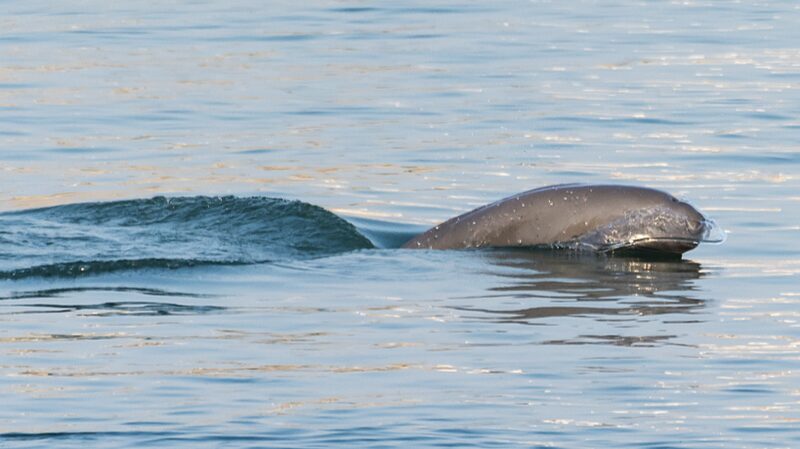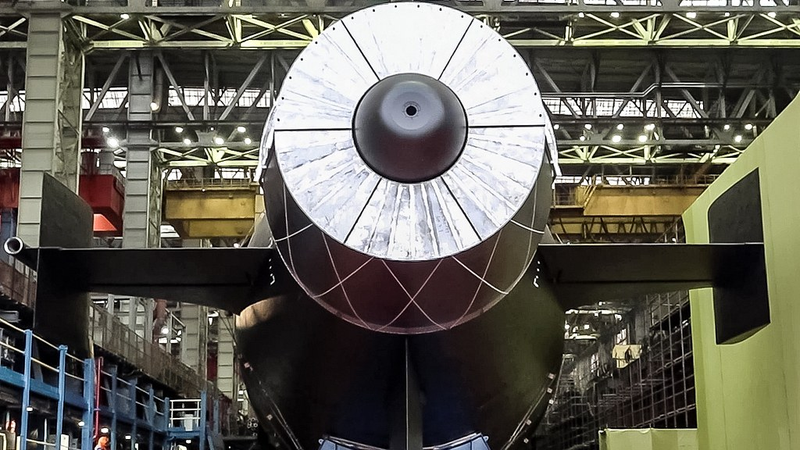Ever wondered how scientists count species in a vast lake? Or how they keep tabs on the elusive Yangtze finless porpoise swimming beneath the surface? 🌊🧐 Thanks to environmental DNA (eDNA) technology, it's becoming as simple as collecting a bottle of water! 💧
At the Yueyang Tower water observation point near East Dongting Lake in central China's Hunan Province, Li Benchao and his team are on a special mission. Li, the director of the Dongting Lake Ecological Environment Monitoring Center of Hunan Province, is spearheading a groundbreaking survey. 🚀
Armed with just water bottles, they're collecting samples to analyze the current status of aquatic biological resources in the Yueyang section of the Yangtze River and Dongting Lake. This isn't your average water testing—it's a high-tech treasure hunt for DNA clues left behind by aquatic creatures! 🧬🔍
\"In the past, detecting species like the Yangtze finless porpoise meant hours of manual observation,\" Li explains. \"It was not only time-consuming and labor-intensive but often inaccurate. Now, with eDNA technology, we can effectively monitor these creatures even when their numbers are low.\" 🕵️♂️
This innovative approach involves analyzing tiny fragments of genetic material that organisms leave in the water. It’s like finding fingerprints at a crime scene, but for wildlife! 🐾 This method is revolutionizing how scientists study and protect endangered species like the Yangtze finless porpoise, offering hope for their future survival. 💚
So next time you look at a bottle of water, remember—it might just hold the secrets of the deep! 🌟
Reference(s):
cgtn.com




